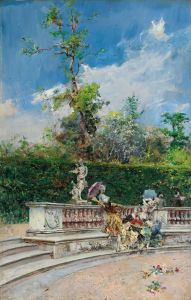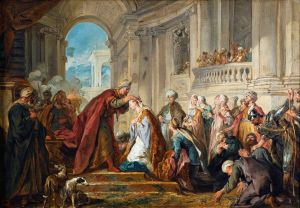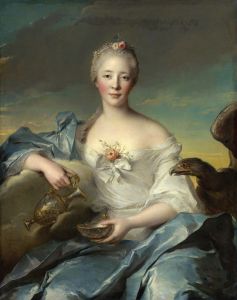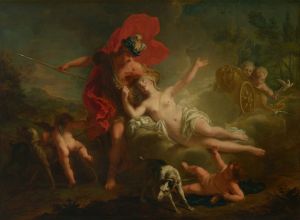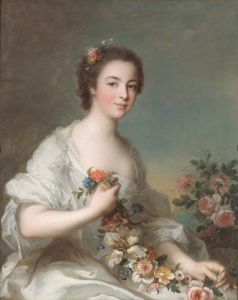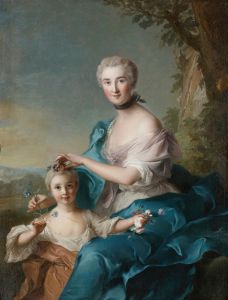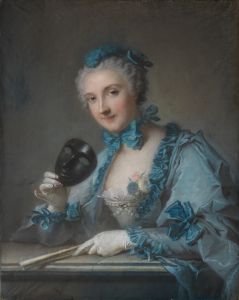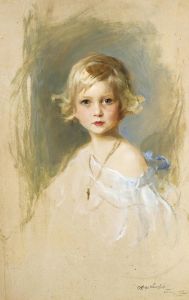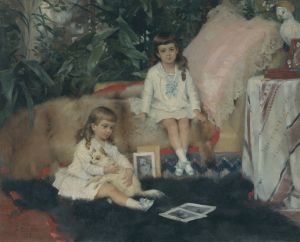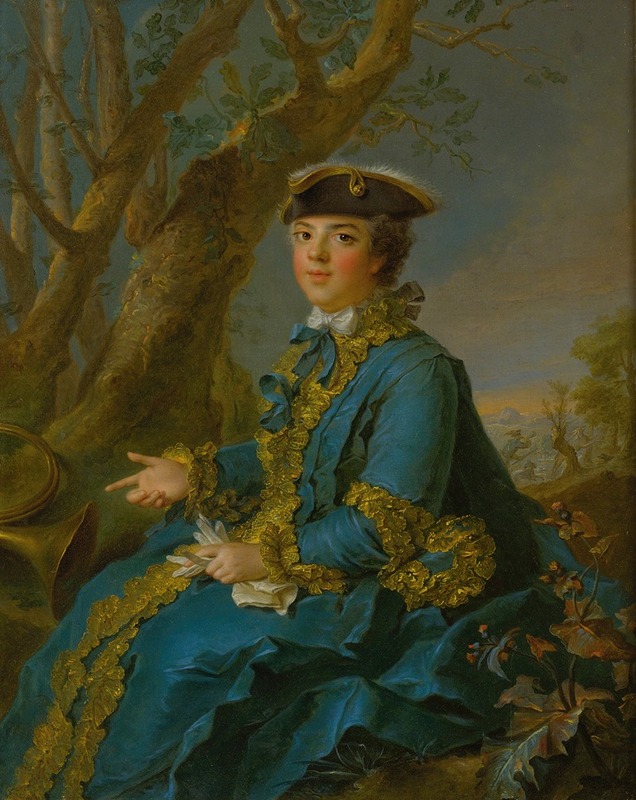
Portrait Of Marie Louise Elisabeth De France, Duchess Of Parma
A hand-painted replica of Jean-Marc Nattier’s masterpiece Portrait Of Marie Louise Elisabeth De France, Duchess Of Parma, meticulously crafted by professional artists to capture the true essence of the original. Each piece is created with museum-quality canvas and rare mineral pigments, carefully painted by experienced artists with delicate brushstrokes and rich, layered colors to perfectly recreate the texture of the original artwork. Unlike machine-printed reproductions, this hand-painted version brings the painting to life, infused with the artist’s emotions and skill in every stroke. Whether for personal collection or home decoration, it instantly elevates the artistic atmosphere of any space.
Jean-Marc Nattier, a prominent French Rococo painter, is renowned for his portraits of the French aristocracy, particularly during the reign of Louis XV. One of his notable works is the "Portrait of Marie Louise Élisabeth de France, Duchess of Parma." This painting exemplifies Nattier's skill in capturing the elegance and grace of his subjects, as well as his ability to convey the opulence of the French court through his use of color and detail.
Marie Louise Élisabeth de France, born on August 14, 1727, was the eldest daughter of King Louis XV of France and Queen Marie Leszczyńska. She was affectionately known as Madame Élisabeth and later became the Duchess of Parma through her marriage to Philip, Duke of Parma, who was a son of King Philip V of Spain. Her marriage was part of the intricate web of alliances and political maneuvers typical of European royal families in the 18th century.
Nattier's portrait of Marie Louise Élisabeth captures her in a manner befitting her royal status. The painting is characterized by its delicate brushwork and the soft, pastel colors typical of the Rococo style. Nattier was known for his ability to depict the luxurious fabrics and intricate details of his sitters' clothing, and this portrait is no exception. The Duchess is portrayed wearing an elegant gown, adorned with lace and ribbons, which reflects the fashion of the time and underscores her high social standing.
The background of the painting is typically understated, allowing the viewer to focus on the subject. Nattier often employed a neutral or softly colored backdrop to enhance the luminosity of the figure in the foreground. This technique not only highlights the sitter's features but also adds a sense of depth and dimension to the work.
Marie Louise Élisabeth's expression in the portrait is serene and composed, conveying a sense of poise and dignity. Nattier was adept at capturing the personality and character of his subjects, and this portrait is a testament to his skill in portraying the inner qualities of the Duchess. Her gaze is direct yet gentle, suggesting both her royal authority and her personal grace.
The "Portrait of Marie Louise Élisabeth de France, Duchess of Parma" is a fine example of Nattier's work and offers insight into the world of the French court during the 18th century. It reflects the cultural and artistic values of the time, where portraiture was not only a means of documenting likenesses but also a way of conveying the power, prestige, and refinement of the aristocracy.
Nattier's portraits were highly sought after by the nobility, and his ability to flatter his subjects while maintaining a sense of realism made him a favorite among the French elite. His work remains an important part of the Rococo movement, and his portraits continue to be appreciated for their beauty and historical significance.
In summary, Jean-Marc Nattier's "Portrait of Marie Louise Élisabeth de France, Duchess of Parma" is a masterful representation of both the artist's skill and the elegance of his subject. It stands as a testament to the artistic and cultural milieu of 18th-century France, capturing the essence of a time when art and aristocracy were inextricably linked.





